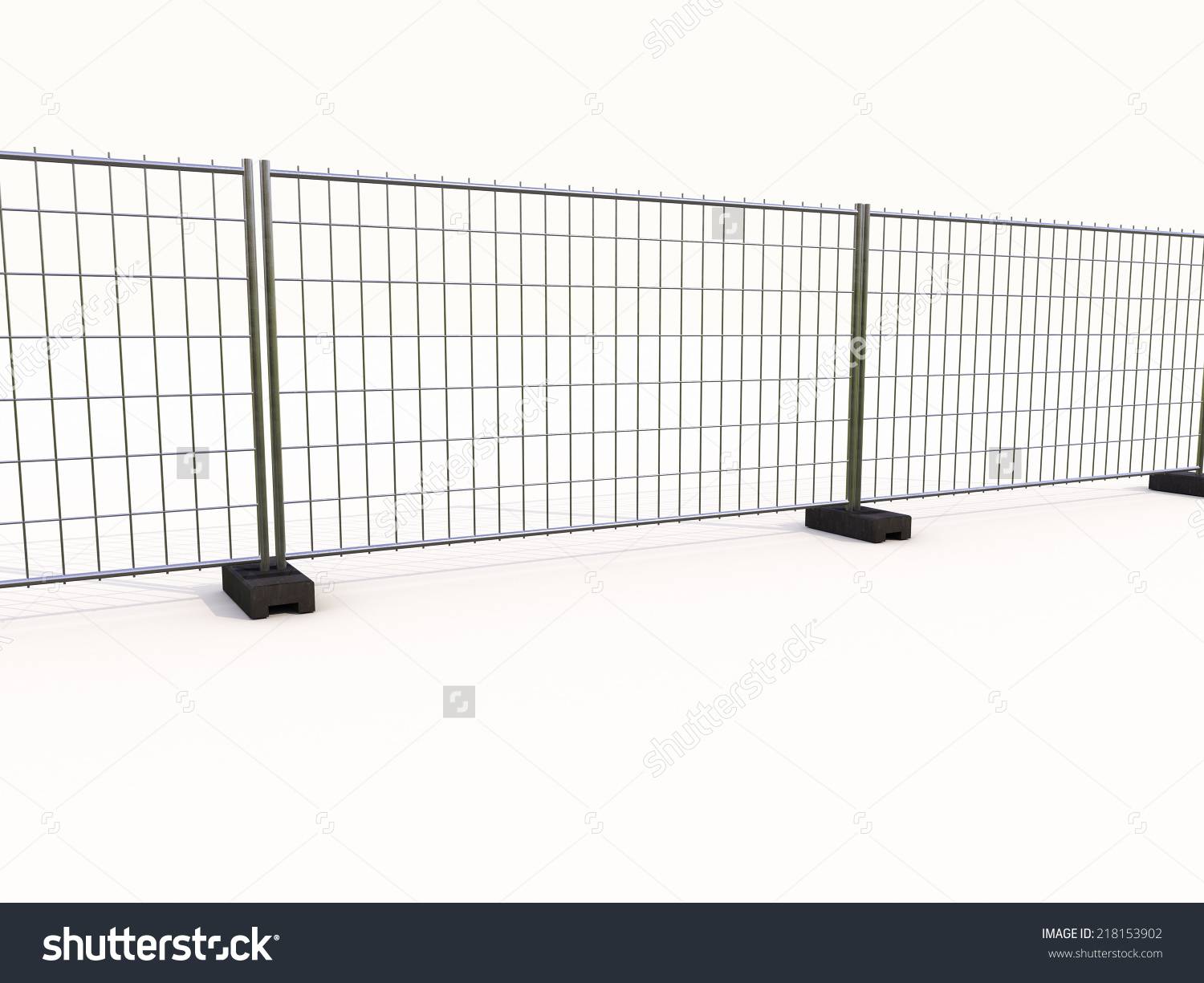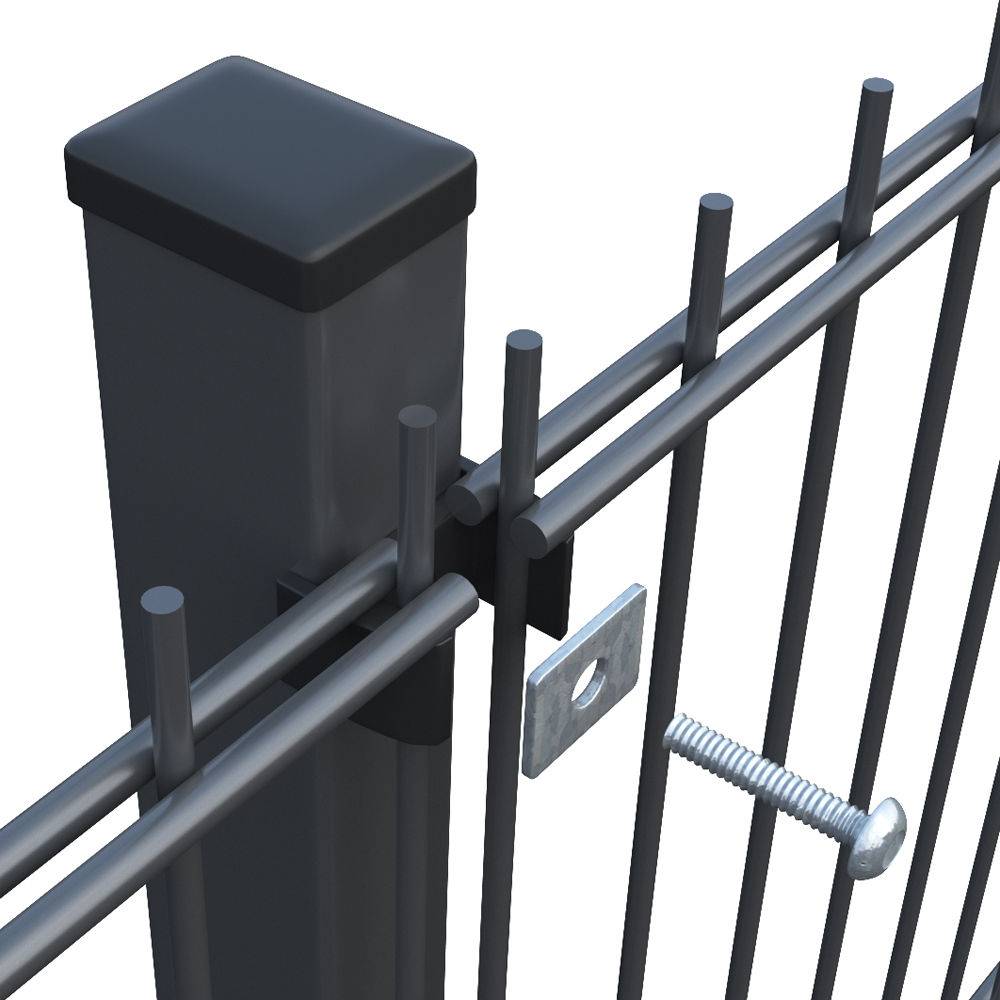

- Afrikaans
- Albanian
- Amharic
- Arabic
- Armenian
- Azerbaijani
- Basque
- Belarusian
- Bengali
- Bosnian
- Bulgarian
- Catalan
- Cebuano
- China
- China (Taiwan)
- Corsican
- Croatian
- Czech
- Danish
- Dutch
- English
- Esperanto
- Estonian
- Finnish
- French
- Frisian
- Galician
- Georgian
- German
- Greek
- Gujarati
- Haitian Creole
- hausa
- hawaiian
- Hebrew
- Hindi
- Miao
- Hungarian
- Icelandic
- igbo
- Indonesian
- irish
- Italian
- Japanese
- Javanese
- Kannada
- kazakh
- Khmer
- Rwandese
- Korean
- Kurdish
- Kyrgyz
- Lao
- Latin
- Latvian
- Lithuanian
- Luxembourgish
- Macedonian
- Malgashi
- Malay
- Malayalam
- Maltese
- Maori
- Marathi
- Mongolian
- Myanmar
- Nepali
- Norwegian
- Norwegian
- Occitan
- Pashto
- Persian
- Polish
- Portuguese
- Punjabi
- Romanian
- Russian
- Samoan
- Scottish Gaelic
- Serbian
- Sesotho
- Shona
- Sindhi
- Sinhala
- Slovak
- Slovenian
- Somali
- Spanish
- Sundanese
- Swahili
- Swedish
- Tagalog
- Tajik
- Tamil
- Tatar
- Telugu
- Thai
- Turkish
- Turkmen
- Ukrainian
- Urdu
- Uighur
- Uzbek
- Vietnamese
- Welsh
- Bantu
- Yiddish
- Yoruba

High-Strength Road Traffic Barriers Safety & Durability Solutions
- Market Growth and Industry Data (Data Impact)
- Technical Superiority of Modern Traffic Barriers
- Comparative Analysis of Leading Barrier Manufacturers
- Custom Solutions for Diverse Infrastructure Needs
- Case Studies: Successful Barrier Deployments
- Material Innovation and Sustainability
- Future Trends in Road Traffic Barrier Systems
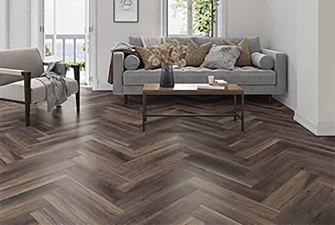
(road traffic barrier)
Understanding the Role of Road Traffic Barriers in Modern Infrastructure
The global road traffic barrier
market is projected to grow at a 6.8% CAGR from 2023 to 2030, driven by urbanization and safety regulations. Over 72% of highway authorities prioritize crash-tested barriers, reflecting the demand for high-performance solutions. Barriers reduce collision severity by 85%, making them critical for pedestrian zones, construction sites, and high-speed corridors.
Technical Superiority of Modern Traffic Barriers
Advanced barriers now integrate:
- Galvanized steel cores with tensile strength exceeding 550 MPa
- Retroreflective sheeting (ASTM D4956-compliant) for 250-meter visibility
- Modular designs enabling 45% faster installation vs. traditional concrete variants
Manufacturer Comparison: Performance Metrics
| Vendor | Material | Impact Resistance (kJ) | Warranty (Years) | Price per Meter ($) |
|---|---|---|---|---|
| BarrierTech Pro | Galvanized Steel | 380 | 15 | 220 |
| SafeLine Systems | Recycled Polymer | 240 | 10 | 185 |
| ArmorGuard Solutions | Aluminum Composite | 315 | 12 | 205 |
Tailored Barrier Systems for Specific Scenarios
Customization options include:
- Height adjustments (600mm to 1200mm) for flood-prone areas
- Solar-powered LED integration for low-visibility zones
- Anti-climb designs reducing unauthorized access by 63%
Real-World Deployment Success Stories
A 2022 installation in Munich’s ring road decreased side-swipe accidents by 41% through curved barrier alignment. Singapore’s ERP-integrated barriers improved toll lane efficiency by 28%, demonstrating multifunctional applications.
Eco-Friendly Material Advancements
Latest innovations feature:
- Post-consumer plastic composites (82% recycled content)
- Self-healing polymer coatings reducing maintenance frequency
- Carbon-neutral production processes meeting ISO 14064 standards
Road Traffic Barrier Systems: Shaping Tomorrow's Safe Mobility
Emerging smart barriers with IoT sensors are projected to capture 35% of the market by 2027. These systems enable real-time damage detection and adaptive energy absorption, aligning with smart city initiatives. Investments in 5G-connected barrier networks promise to revolutionize incident response times by 2035.
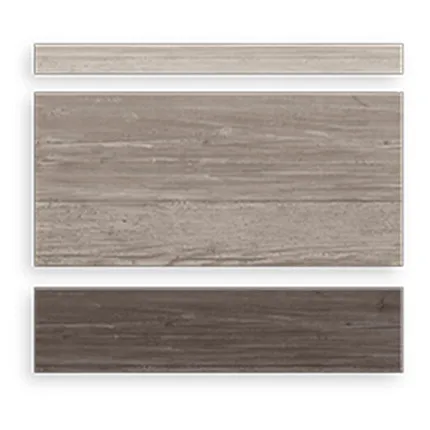
(road traffic barrier)
FAQS on road traffic barrier
Q: What is the primary purpose of a road traffic barrier?
A: Road traffic barriers are designed to separate lanes, prevent vehicles from straying into hazardous areas, and enhance safety for drivers and pedestrians. They also help manage traffic flow during construction or accidents.
Q: What types of road barriers traffic are commonly used?
A: Common types include concrete barriers, metal guardrails, and plastic or water-filled barriers. Each type serves specific scenarios, like permanent highway separation or temporary construction zones.
Q: How do traffic road barriers improve safety?
A: They absorb impact energy during collisions, reduce cross-median accidents, and guide vehicles away from dangerous zones. Proper placement ensures compliance with safety regulations and minimizes road hazards.
Q: Are road barriers traffic regulated by specific standards?
A: Yes, road traffic barriers must meet standards like MASH (Manual for Assessing Safety Hardware) or EN 1317. These ensure crash-tested durability and effectiveness in real-world scenarios.
Q: Can road traffic barriers be customized for temporary use?
A: Absolutely. Temporary barriers like modular plastic or steel units are lightweight, portable, and ideal for events, construction, or emergency detours. They are easily reconfigured as needed.
Recommended Products
Latest News About CHENG CHUANG
-
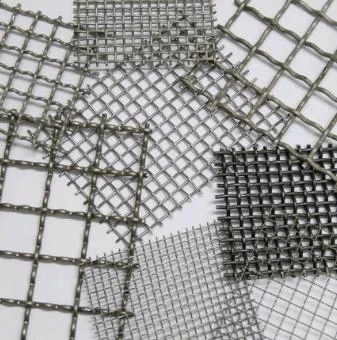 Wire mesh is durableWire mesh represents a cornerstone of modern industrial and agricultural solutions, offering unmatched versatility across countless applications.Read more >
Wire mesh is durableWire mesh represents a cornerstone of modern industrial and agricultural solutions, offering unmatched versatility across countless applications.Read more >Jul 11 2025
-
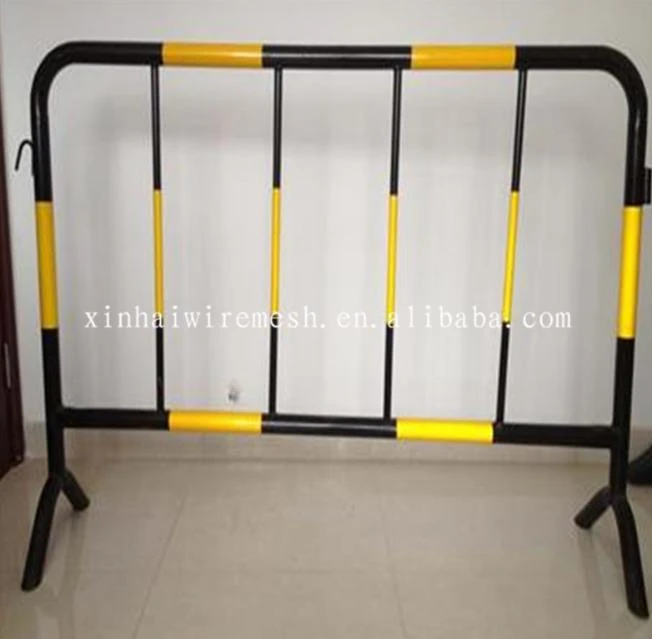 Safety barrier directs traffic flowIn high-risk environments, safety barrier systems stand as non-negotiable guardians against catastrophic incidents.Read more >
Safety barrier directs traffic flowIn high-risk environments, safety barrier systems stand as non-negotiable guardians against catastrophic incidents.Read more >Jul 11 2025
-
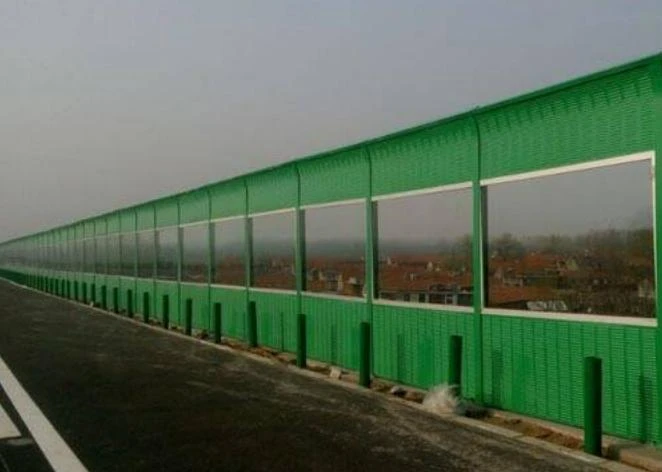 Modular Noise Barrier Eases InstallationUrbanization intensifies noise pollution, making noise barrier systems essential for preserving human health and tranquility.Read more >
Modular Noise Barrier Eases InstallationUrbanization intensifies noise pollution, making noise barrier systems essential for preserving human health and tranquility.Read more >Jul 11 2025
-
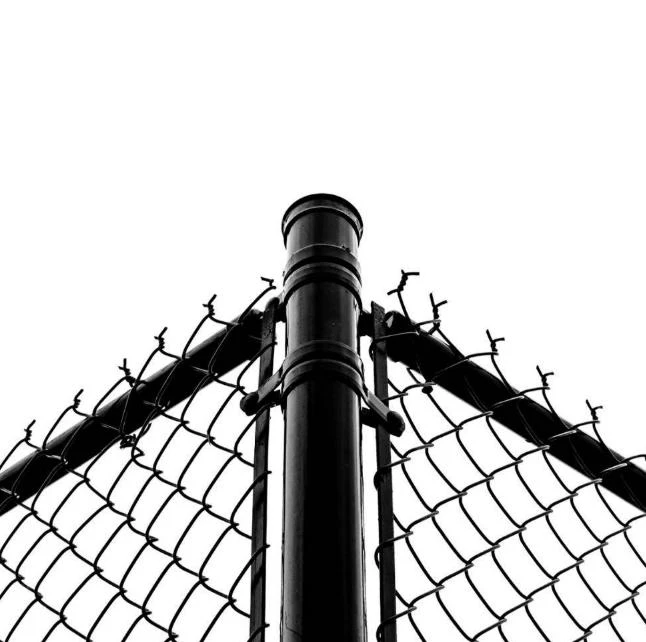 Metal fence types enhance securityMetal fence types form the backbone of modern perimeter security solutions worldwide.Read more >
Metal fence types enhance securityMetal fence types form the backbone of modern perimeter security solutions worldwide.Read more >Jul 11 2025
-
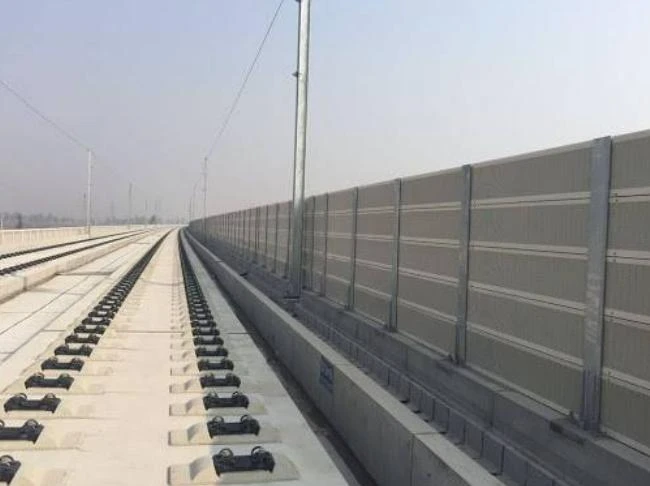 Crowd Control Barrier Manages Foot TrafficThe management of public gatherings demands precision, safety, and reliability, making crowd control barrier systems indispensable tools for organizers worldwide.Read more >
Crowd Control Barrier Manages Foot TrafficThe management of public gatherings demands precision, safety, and reliability, making crowd control barrier systems indispensable tools for organizers worldwide.Read more >Jul 11 2025
